#1930's portrait
Explore tagged Tumblr posts
Text

Sally Rand Burlesque Star | Actress circa 1933
Sally Rand: https://en.wikipedia.org/wiki/Sally_Rand
678 notes
·
View notes
Text
1920s Aqua Velvet

José Storie (1899-1961) • Portrait of a Lady with a Green Dress • 1934.
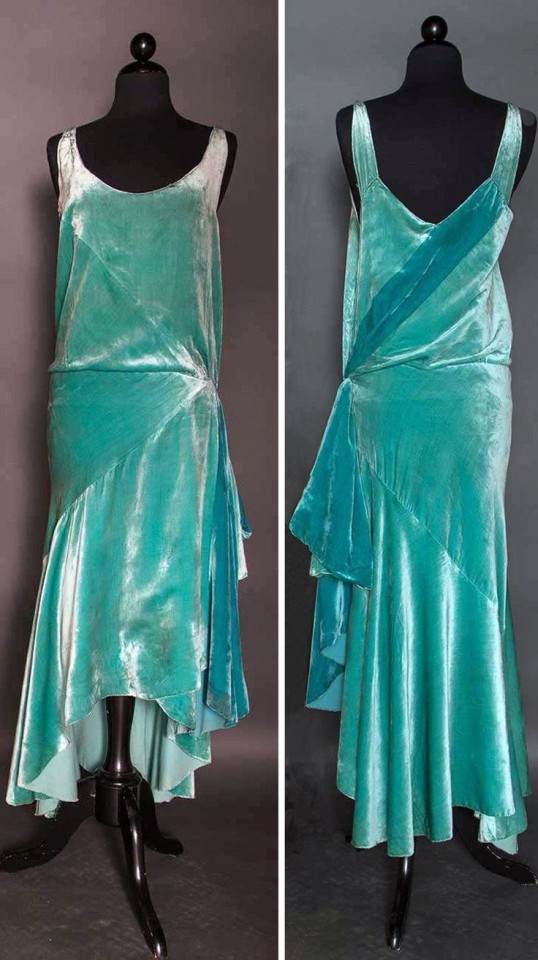

1920s and 1930s dress styles
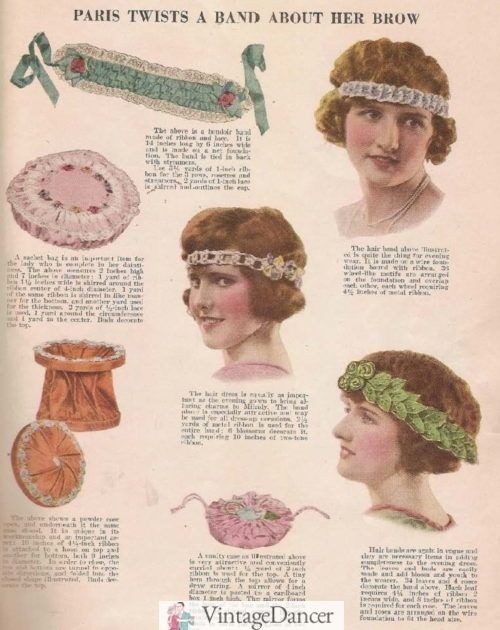
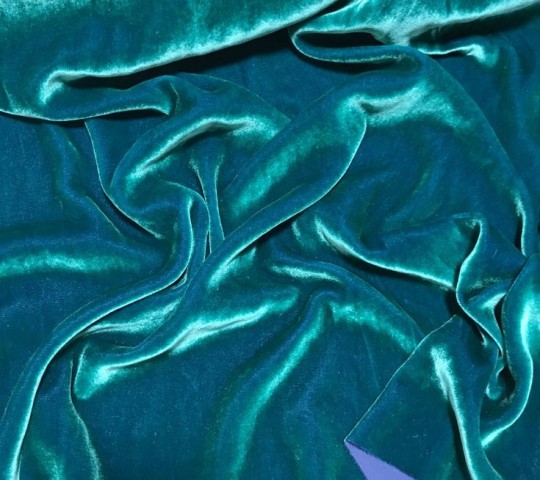
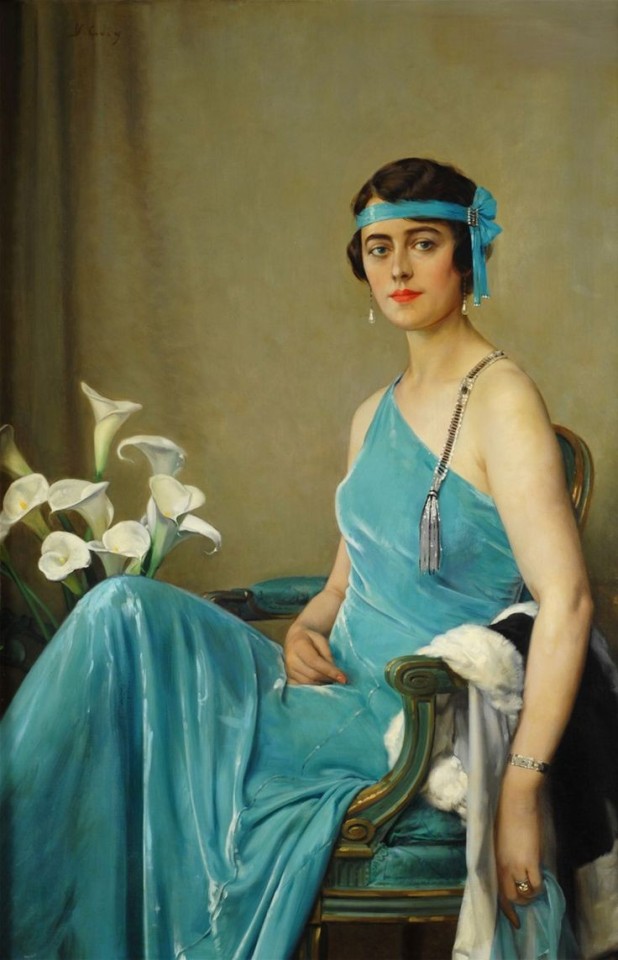
Vittorio Matteo Corcos (Italian, 1859-1933) • Ritratto di donna (Portrait of a Woman) • c. 1925
#art#portraits#art history#painting#fine art#vittorio matteo corcos#josé storie#female portraits#fashion history#women's fashion history#1920's fashion#1930s fashion#vintage fashion#art & fashion#art & beauty#the resplendent outfit
245 notes
·
View notes
Text

GUARDS!!! PUT THAT KLUTZY BLONDE MAN IN A DRESS!!!!
#one piece#one piece doodles#rosinante corazon#corazon one piece#corazon op#donquixote rosinante#shitty little doodles#one piece corazon#op corazon#corazon fanart#cora san#donquixote corazon#corazon#op rosinante#one piece rosinante#donquixote rocinante#one piece fanart#cora has too many goddamn names#I had a bad day so I decided to put Cora in a slinky ass evening dress#it’s got some good 1930’s vibes#I also apologize for his lack of buffness. in my defense I usually draw twinks#muscles don’t come naturally to me:(#still only drawing skimpy shit of him for the love of the game💪#lovingly drawn with my fingers on a teensy tiny phone screen using ibs paint#I might draw child law in a cute lil dress next#as a treat to myself#they can have a fancy lil family portrait together in their fancy lil dresses!#1pc#very proud of the dresses design#digital art is hard
24 notes
·
View notes
Photo

Madame D’Ora. Dora Kallmus. Hat by Erik Braagaard. Paris. C. 1935
Follow my new AI-related project «Collective memories»
#BW#Black and White#Preto e Branco#Noir et Blanc#黒と白#Schwarzweiß#retro#vintage#Madame D’Ora#Dora Kallmus#Erik Braagaard#Paris#1935#19-30s#30s#vintage fashion#hats#1930's fashion#30's fashion#self-portrait#autoportrait#Selbstportrait#auto-retrato
56 notes
·
View notes
Text

Beautiful Carole Lombard in a studio publicity portrait - early 1930’s
#vintage#hollywood#actress#carole lombard#retro#black and white#so beautiful#1930’s#old hollywod glamour#publicity photo#portrait#30’s
26 notes
·
View notes
Text

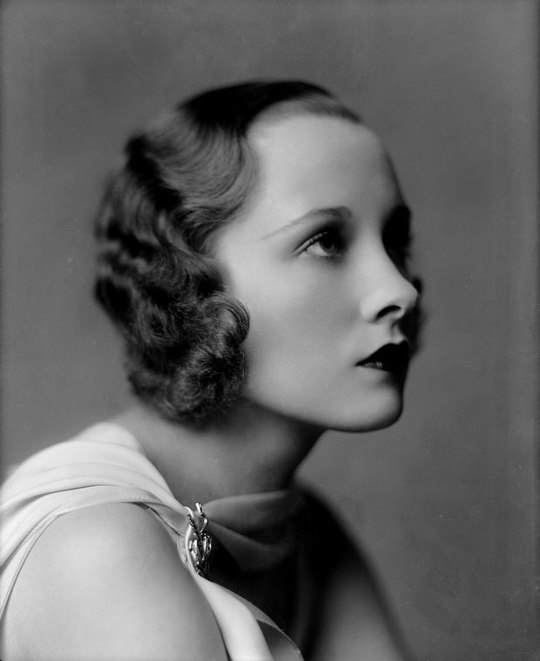
Stunning Portraits Of Austrian Actress
Tilly Losch In The Band Wagon (Theatre 1931)
#tilly losch#the band wagon#1931#stunning portraits#beautiful austrian actress#new amsterdam theatre#new york city#1930's#cropped photos#b/w photography
76 notes
·
View notes
Text

Dorothea Wieck on the cover of Die Junge Dame (The Young Lady), 16.12.1934
2 notes
·
View notes
Text


A girl pushing a wheelbarrow of freshly harvested carnations, Vence, France. Early 1930s
A man carrying a huge wicker basket of freshly harvested carnations in Vence, France. Early 1930s
2 notes
·
View notes
Text

Photo du studio Atelier Manassé - 1920's-1930's
16 notes
·
View notes
Text
Werner Peiner - A Portrait - 1930's

0 notes
Text
Unknown Photographer

Pickup Truck, 1930s
82 notes
·
View notes
Text
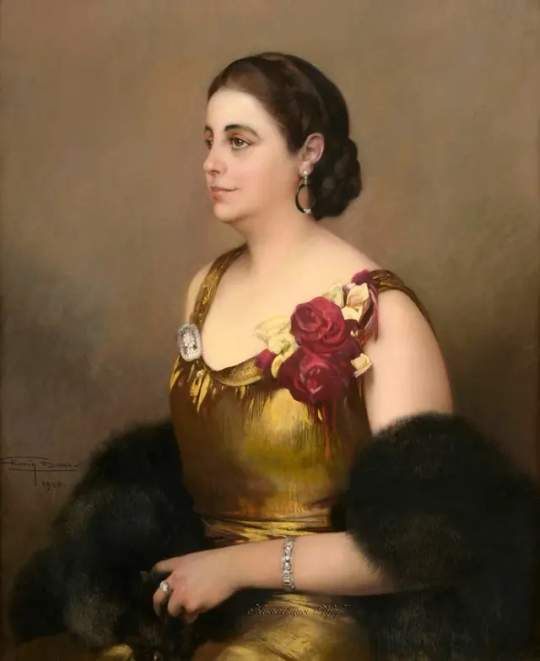
Firmin Baes (Belgian, 1874-1943) • Portrait de Madame Timmers-Verhoeven • 1936
Here are a few actual vintage gold dresses from the 1920s and 30s. The smaller images below contain descriptive details in the alt text.

Probably American • c. 1925 • Ivory silk, metallic gold damask, in a pattern of birds, gazelles, and turrets on a follate ground, silk floss embroidery.
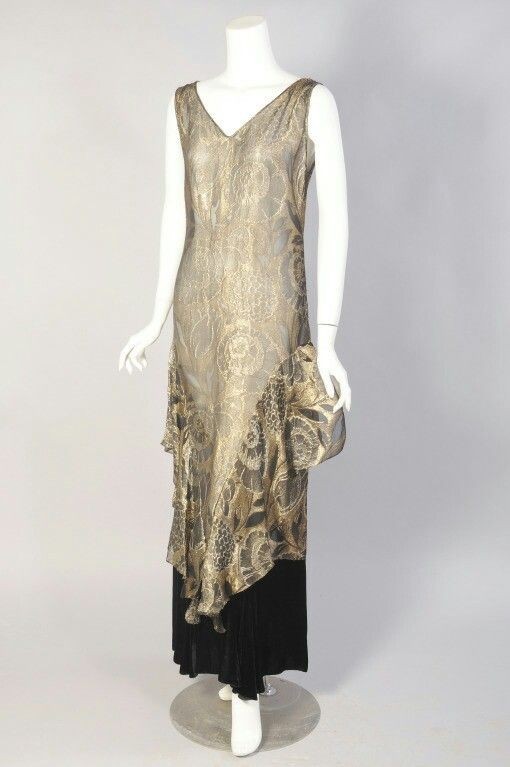
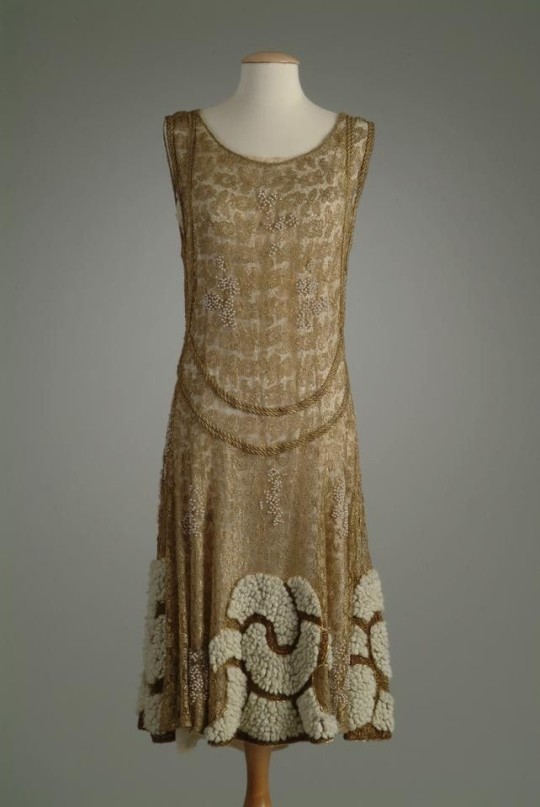
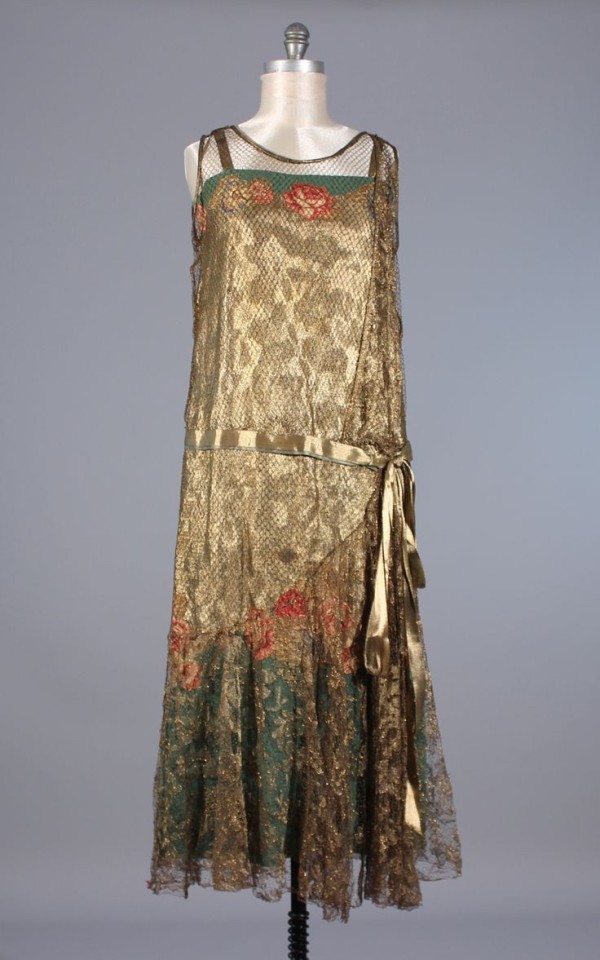
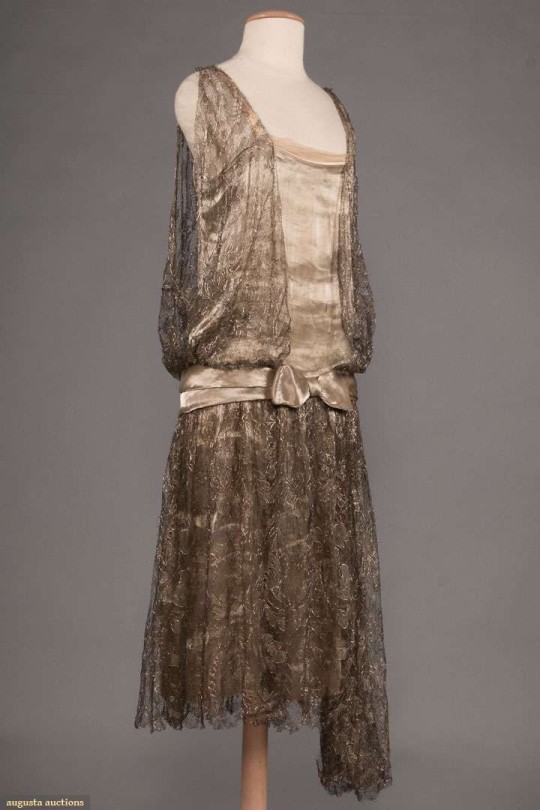

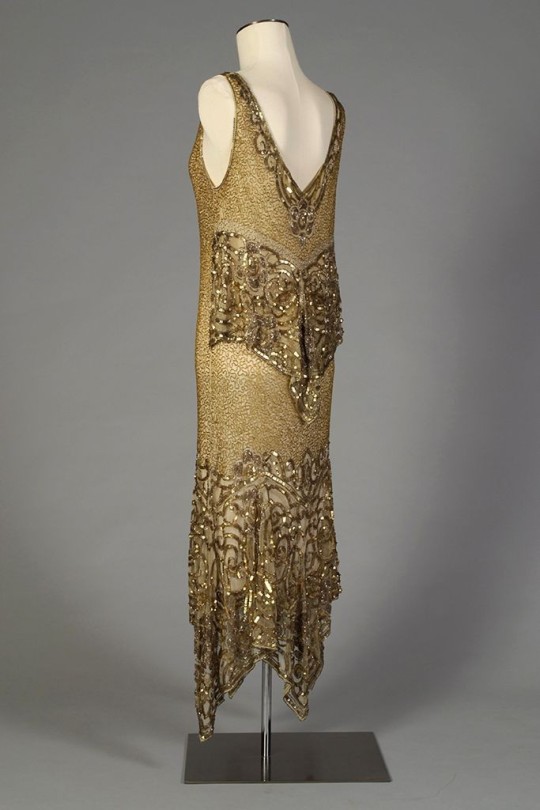

#art#portrait#painting#art history#firmin baes#fashion history#1920s fashion#1930s fashion#roaring 20s fashion#flapper era#women's fashion history#gold lamè dresses#sequined evening gown#the resplendent outfit blog#1920s designer dresses#20's evening dresses
42 notes
·
View notes
Text
A Few Words From Man Ray - Past Daily Weekend Gallimaufry
https://pastdaily.com/wp-content/uploads/2013/02/man-ray.mp3 As one of the cornerstones of the Avant-Garde, Dada-Surrealist and Modernist Movements, Man Ray is probably best known for his painting, A L’Heure de L’Observatoire – Les Amoureux (Observatory Time – The Lovers) – which you can see in the photo above, as well as his experimental photography. But like many artists, very little is…

View On WordPress
#1930&039;s#1940&039;s#1950&039;s#1960&039;s#Art#Catherine Deneuve#Dada#Education#History#Interviews#Manray#Marcel Duchamp#National Portrait Gallery London#Popular Culture#Ray#Visual arts
0 notes
Text

ᴊᴏʜɴ ᴡᴇsʟᴇʏ ʜᴀʀᴅʀɪᴄᴋ Xenia Goodloe. 1930. Oil on board: 36 × 20 in. (91 × 50 cm).
At the time of this portrait, Xenia Goodloe (1903-1989) was a dress designer at the upscale L. S. Ayres & Company department store in downtown Indianapolis.
#john wesley hardrick#black artist#1930s#black tumblr#art history#black excellence#portrait#style#beauty#fashion#20th century#people#black women#culture#jazz#black culture#feminism#art#oil painting#black art
215 notes
·
View notes
Text

Publicity portrait of Mexican actor Lupe Velez (1908-1944) from the mid 1930's, United States. (Photo by Metro-Goldwyn-Mayer)
249 notes
·
View notes
Text
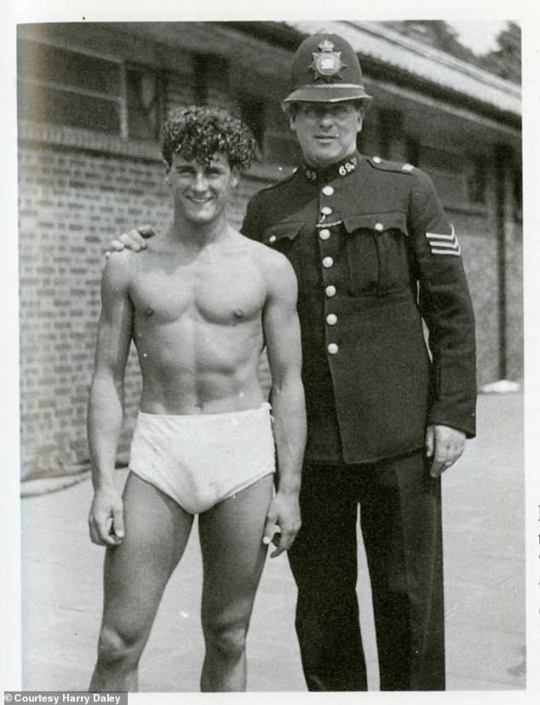
Officer Harry Daley and friend pose at a London swimming pool. (c.1930's) Harry Daley joined the London Metropolitan Police in 1925 and was the first openly Gay person to serve. Besides being a policeman, he dated E.M. Forster and partied with the Bloomsbury Group. His portrait was painted by Duncan Grant. His memoirs were published in 1987, 16 years after his death in 1971.
409 notes
·
View notes